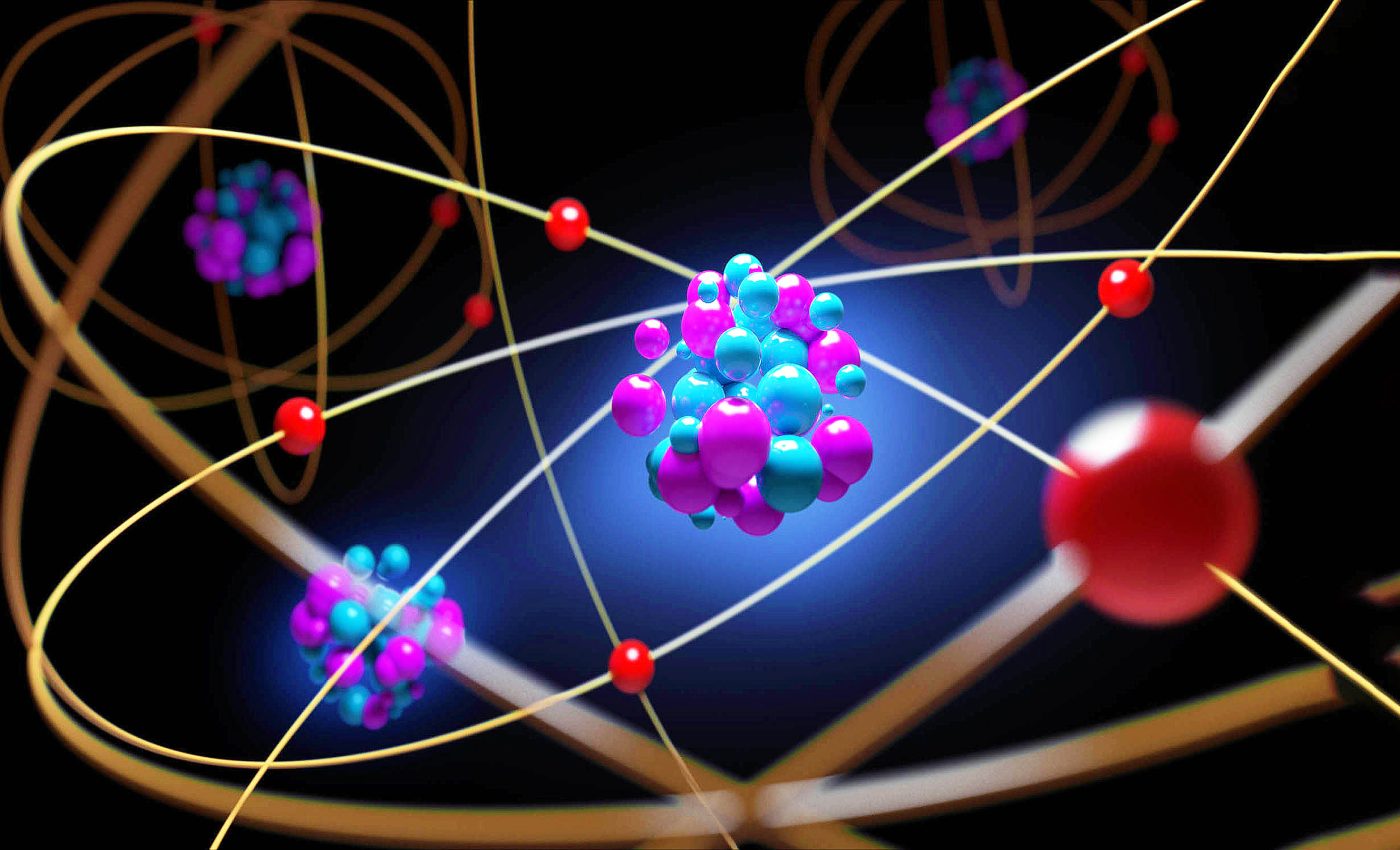
Quantum wobble: How scientists took control of the nucleus of a single atom
Imagine being able to control the tiniest part of an atom — a level of precision that’s almost unfathomable. Well, researchers have now taken that step. By influencing the nucleus of a titanium atom, they have created new opportunities for storing quantum information.
The work, led by Sander Otte and his team, took place over weeks of painstaking research.
“A Ti-47 atom, to be precise,” Otte explained. “It has one neutron less than the naturally abundant Ti-48, which makes the nucleus slightly magnetic.”
This seemingly small difference in atomic structure opened a door to possibilities we hadn’t even dreamt of before.
Manipulating the nucleus of a titanium atom
For weeks, Otte’s team studied a single titanium atom. A Ti-47 atom, to be exact. Unlike the more common Ti-48, this atom has one less neutron, giving its nucleus a unique magnetic property, referred to as “spin” in the quantum world.
Now, imagine this spin as a tiny compass needle that can point in various directions, representing quantum information.
But the nucleus of an atom is not an easy thing to manipulate. It floats in what can be described as a vast emptiness within the atom, far from the orbiting electrons, and remains largely unaffected by its surroundings.
However, there is one exception — through a weak interaction known as “hyperfine interaction,” the spin of an electron in one of the outer shells of the atom can influence the nucleus.
This delicate and intricate interaction is what Otte and his team at Delft University of Technology focused on.
“Easier said than done,” admits Lukas Veldman, a Ph.D. researcher who played a key role in the study. The hyperfine interaction, he explains, is so weak that it requires an extremely precise magnetic field to have any effect at all.
Experimenting at the edge of physics
Once they had fine-tuned the conditions — after weeks of careful tweaking and adjustments — the researchers delivered a voltage pulse to disturb the electron spin.
This tiny jolt caused both the electron and nuclear spins to wobble in sync for just a fraction of a microsecond.
“Exactly how Schrödinger predicted,” says Veldman, excited by how closely the experimental results aligned with theoretical predictions.
But this wasn’t just a random wobble. The precision of the experiment, combined with Veldman’s calculations, showed that no quantum information was lost during this interaction.
This is a key finding because it means that quantum information could theoretically be stored safely in the nucleus, away from external disturbances that typically threaten delicate quantum states.
Moving the nucleus of an atom: Why it matters
The world of quantum computing has long been searching for ways to store and manipulate information without losing it to environmental noise.
Quantum bits (qubits) are incredibly sensitive, and finding a way to protect them is one of the biggest challenges facing researchers.
The idea that quantum information could be stored in the nucleus of an atom, shielded from its surroundings, presents a compelling possibility.
But for Otte, this discovery isn’t just about the practical applications.
“This experiment gives humans influence on the state of matter on an unimaginably small scale,” he says. “To me, that alone makes it worth the effort.”
What’s next for quantum information storage?
While the current study brings us closer to a practical application of storing quantum information in atomic nuclei, there’s still much work to be done.
As Veldman pointed out, achieving the precise conditions necessary for hyperfine interaction is no small feat. The magnetic field has to be tuned just right, and even then, the interaction is incredibly brief. However, the potential is enormous.
If future experiments build on this success, we may see a new era in quantum computing where information can be stored more securely and for longer periods.
This would be a huge leap forward for the field, potentially opening the door to computers that are not only faster but more reliable.
One step closer, but not the final frontier
Despite the potential for this research to revolutionize quantum computing, Otte’s team is motivated by something more fundamental — the sheer joy of discovery.
“What drives us isn’t necessarily the end goal,” Otte shares. “It’s the thrill of being able to manipulate matter at such a small scale and to see theoretical physics play out in real-time.”
For those of us watching from the sidelines, the significance of their work may not hit home immediately. But make no mistake — controlling the nucleus of an atom, even for a brief moment, is a significant step forward in our understanding of the quantum world.
The applications could be endless, from advances in computing to breakthroughs in material science and beyond.
What can we expect in a quantum world?
To sum it all up, quantum technology is still in its infancy, but research like Otte’s brings us closer to the future we’ve long envisioned.
While we may not have fully functional quantum computers yet, each new discovery helps lay the foundation for what’s to come. And in the world of quantum mechanics, even the tiniest step can have massive implications.
For now, the ability to control the heart of an atom remains a huge achievement. Whether it leads to practical applications in computing or simply deepens our understanding of the universe, one thing is clear: the quantum realm is filled with mysteries waiting to be unraveled, and we’re only just beginning to scratch the surface.
The full study was published in the journal Nature Communications.
—–
Like what you read? Subscribe to our newsletter for engaging articles, exclusive content, and the latest updates.
Check us out on EarthSnap, a free app brought to you by Eric Ralls and Earth.com.
—–













